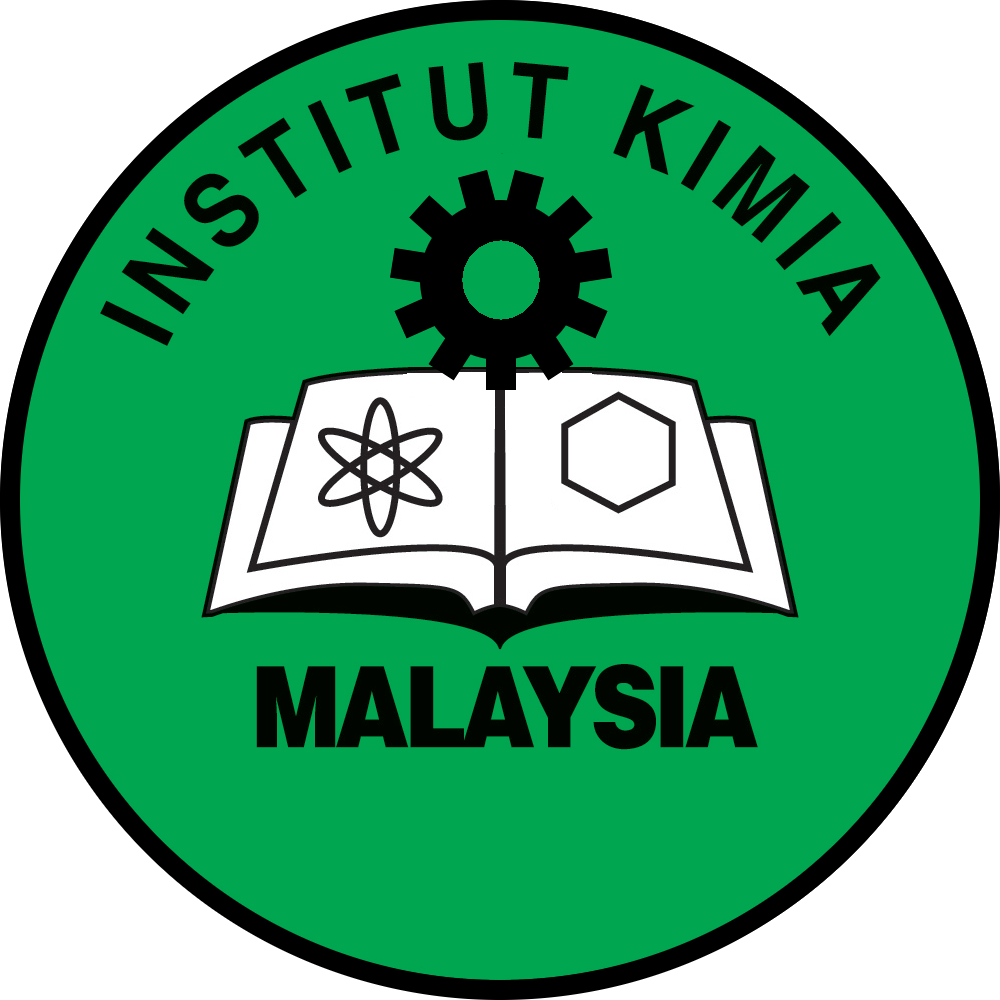Assessing Photocatalytic Degradation in High-Performance Concrete Mixes Using Fourier Transform Infrared Analysis and Response Surface Modelling
DOI: https://doi.org/10.55373/mjchem.v26i3.81
Keywords: Photocatalytic degradation; Fourier Transform Infrared analysis; Response Surface Modeling; high-performance concrete; self-cleaning
Abstract
Photocatalytic degradation (PD) is one of the solutions to overcome concrete degradation, which uses additives, such as titanium dioxide (TiO2) and zinc oxide (ZnO), to break down pollutants when exposed to light. Fourier Transform Infrared (FTIR) analysis aids in the understanding of how these additives change chemical bonds, while Response Surface Modeling (RSM) predicts their effects on concrete mixes. This study aims to offer an insight into the photocatalytic behaviour of concrete under ultraviolet (UV) radiation by combining FTIR analysis and RSM. Photocatalytic properties were evaluated by assessing the degradation of Rhodamine B dye on concrete surfaces. A total of 21 compositions of TiO2 and ZnO nanoparticles were developed using RSM. PD values, which range from 27 to 55%, indicate the self-cleaning ability of the concrete under UV light after 100 hours of exposure. FTIR analysis of high performance concrete mixes showed similarities in peaks at around 1,000 cm¬¬−1, which are associated with the presence of silica in the calcium silicate hydrate gel that is crucial for strength development during hydration. Differences in transmittance levels among the samples aided in gaining a clearer insight into the photocatalytic behaviour of the concrete. An analysis of variance revealed that a cubic model effectively characterizes the relationship between PD and TiO2 and ZnO contents with a high R2 value of 0.8353 and an F-value of 6.20, hence verifying the significance and accuracy of the model in representing the relationship between the variables.
